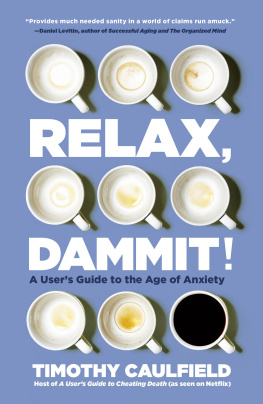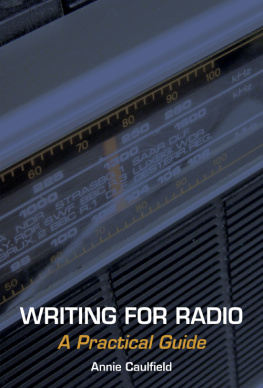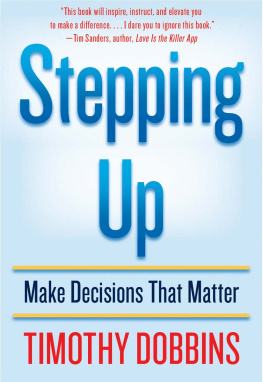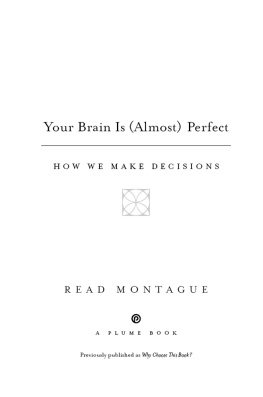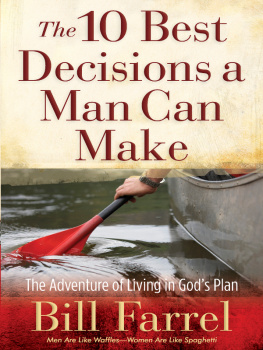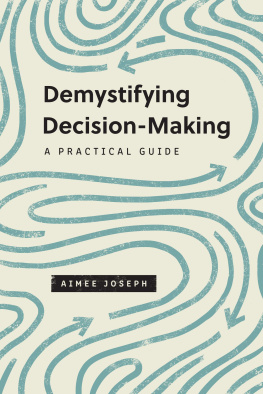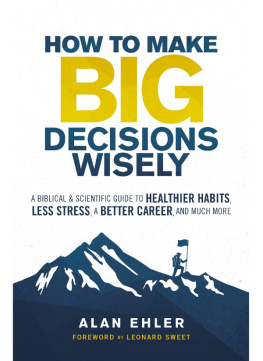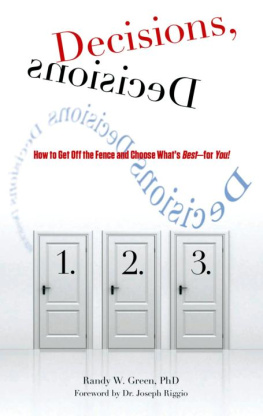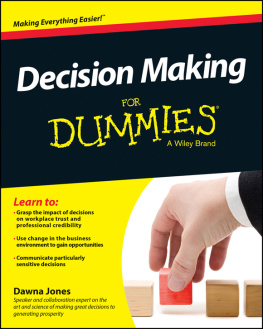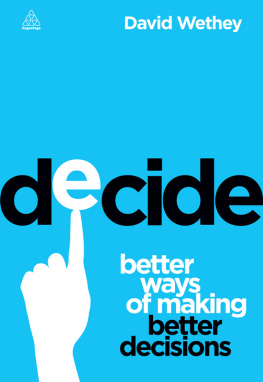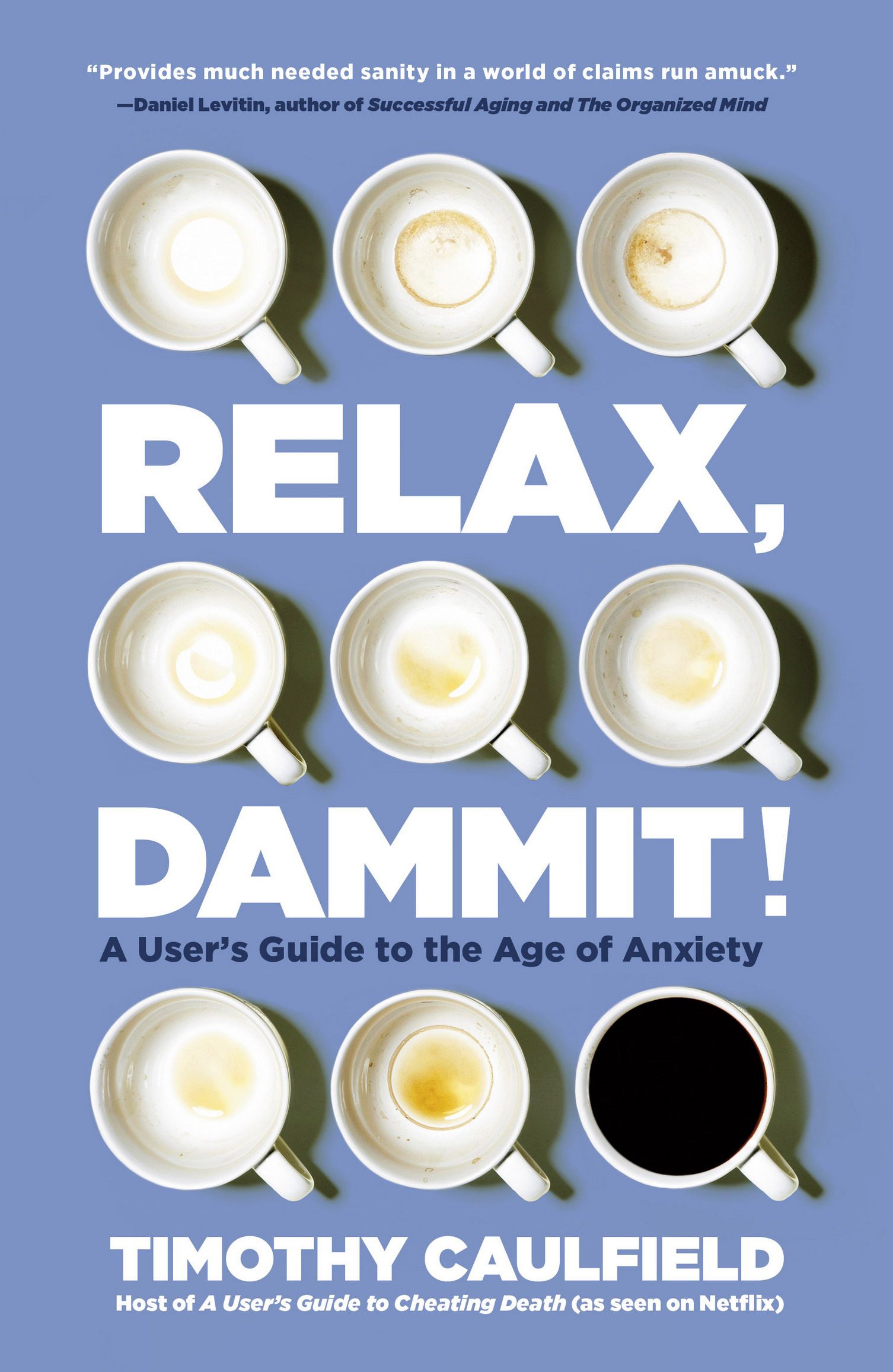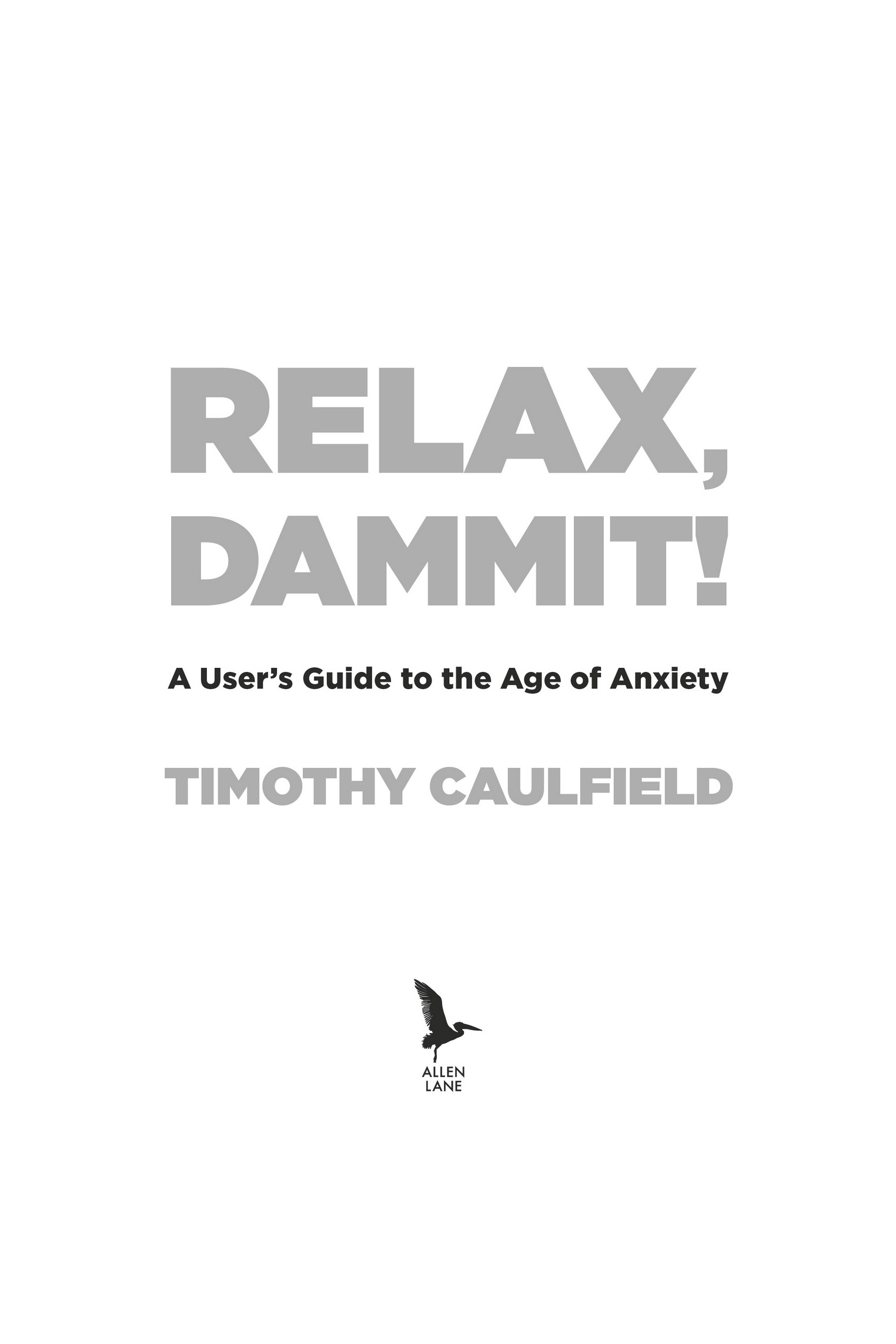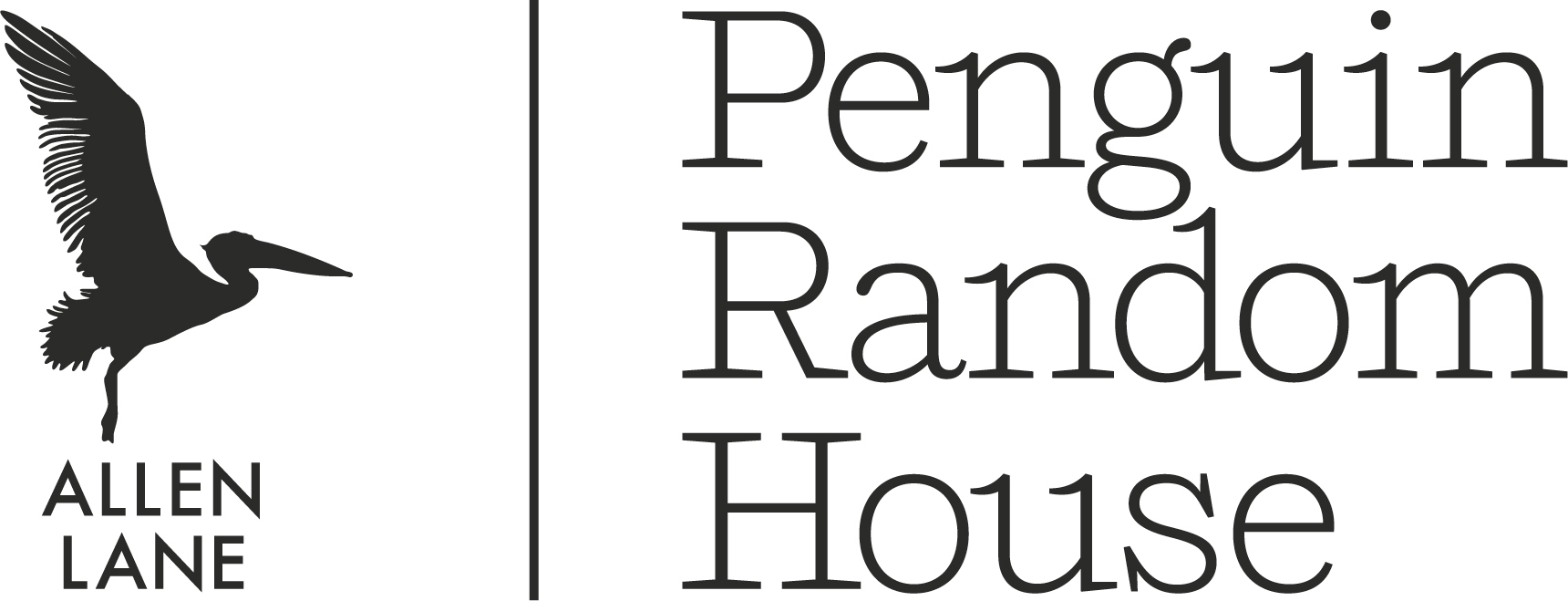Also by Timothy Caulfield
The Cure for Everything!: Untangling the Twisted Messages
About Health, Fitness, and Happiness
Is Gwyneth Paltrow Wrong About Everything?:
When Celebrity Culture and Science Clash
(also published as The Science of Celebrity
or Is Gwyneth Paltrow Wrong About Everything?)
The Vaccination Picture
ALLEN LANE
an imprint of Penguin Canada, a division of Penguin Random House Canada Limited
Canada USA UK Ireland Australia New Zealand India South Africa China
First published 2020
Copyright 2020 by Timothy Caulfield
All rights reserved. Without limiting the rights under copyright reserved above, no part of this publication may be reproduced, stored in or introduced into a retrieval system, or transmitted in any form or by any means (electronic, mechanical, photocopying, recording or otherwise), without the prior written permission of both the copyright owner and the above publisher of this book.
www.penguinrandomhouse.ca
LIBRARY AND ARCHIVES CANADA CATALOGUING IN PUBLICATION
Title: Relax, dammit! : a users guide to the age of anxiety / Timothy Caulfield. Names: Caulfield, Timothy A., 1963- author.
Identifiers: Canadiana (print) 20190201371 | Canadiana (ebook) 20190201479 |
ISBN 9780735236325
(hardcover) | ISBN 9780735236332 (HTML)
Subjects: LCSH: Relaxation. | LCSH: Stress management. | LCSH: Stress
(Psychology)Prevention.
Classification: LCC RA785 .C38 2020 | DDC 155.9/042dc23
Cover and book design: Andrew Roberts
Cover image: Aaron Tilley/Getty Images
v5.4
a
To science. Hang in there.
CONTENTS
INTRODUCTION
DECISIONS, DECISIONS
Youre going to feel pretty bad if your son dies! Youre going to feel horrible!
This was my sister-in-laws mic drop retort to an intense debate we were having about risk. It happened at a family Sunday dinner. I had just told the collected kinfolk that I had decided to go skydiving. Ten thousand feet, mostly free-fall.
Everyone thought I was crazy. I am pretty sure most of them entertain this sentiment on a fairly regular basis, so the thought of Uncle Tim plummeting to the earth at terminal velocity wasnt what ignited the debate. What really upped the family angst was that I planned to take my 14-year-old son, Michael.
We make a ridiculous number of decisions every day. Some estimates are that the number hovers in the thousands; we make hundreds of decisions daily about food alone. We make decisions about when to wake up, how to brush our teeth, what to have for breakfast, the amount of coffee to drink, how to get our kids to school, and on and on.
This book is structured around the decisions we make throughout a typical day, from when we wake up to when we go to sleep. In between, I explore dozens of different choices. Some touch on issues that are relatively frivolous and fun: Should you sit on a public toilet seat? What is the best way to park your car? Is ranting to your work colleague a good idea? Should you cuddle after sex? Others are more serious and controversial: Should you let your kids walk to school? Should you step on a weigh scale in the morning? Should you feel guilty about not spending enough time with your kids? For some of the topics I provide an overview of the history of a particular decision and an analysis of the social forces distorting the evidence and public discourse. Others I deal with briefly, delivering just the facts. The goal is to provide a useful summary of what the evidence says about a particular decision, but also to give insight into how cultural, historical, and scientific forces take hold of and shape our thinking on a wide range of issues relevant to our day-to-day lives.
I realize that relying on evidence isnt the only way people make decisions, but I think that a journey through a typical day of decisions will allow us to recognize that, more often than not, we can relax. It probably doesnt really matter as much as we think. In a world where information is increasingly twisted for commercial, ideological, and personal gain, finding a path to the objective truth on any topic, from toothpaste to toilet seats, can be difficult. But the path does exist, and finding it can be liberating.
But first, lets look at what goes into making our decisions.
Making decisions is tough work. Indeed, it tires us out. It can cause stock analysts to perform progressively worse over the course of a day. It can lead us to make poor choices about what to eat (the more tired our brains are, the more junk food we consume). It can change how physicians prescribe drugs and how judges handle sentencing. And the more deliberate the decisionsthat is, the more we think through themthe more fatiguing they are.
Decision-making is a complex, messy activity that can lead to significant stress. But it doesnt have to. One of the goals of this book is to remind us not to fall prey to the numerous social forces that increasingly turn making a decision into an unnecessarily anxious process. If we can look past the popular culture noise, marketing pressures, and ideologically motivated spin, we can often find a science-informed, and less stressful, way forward.
And I hope to also provide useful context about our daily choices, allowing you to look at many of them in a new lighteven if it doesnt change your mind. But what this book is really about is the justifications behind our decisions and the cultural, historical, and scientific forces that shape the evidence we use to inform them.
We all want to make the right decisionsor, at least, the decisions that are right for us. We select a particular food because we believe it is healthier or is better for the environment. We brush and floss our teeth because we dont want them to fall out. We say no to another cup of coffee because too much caffeine might be bad for us. We drive our kids to school because we worry about their safety. We avoid sitting on public toilet seats so we wont pick up germs. We take a nap in the afternoon because weve been told it will boost our productivity. We try not to obsessively check our email, as weve been told doing so will stress us out. We stand because sitting is the new smoking. We take vitamins because we want to stave off disease. We vent our rage because we have been told a cathartic release is psychologically beneficial. And if we are asked about why we made a particular decision, most of us will muster some relatively coherent rationale: it is healthier, safer, tastier, or, simply, better.
But as we will see, many of these rationales and beliefs do not fit with the evidence. From the moment we wake to the moment we drift off to sleep at night, we make dozens and dozens of decisions that are based, to a lesser or greater extent, on misinformation.
I am not saying that we are all hyper-rational beings who seek to only make decisions that accord with the facts. On the contrary, innumerable cultural, social, and psychological forces shape the decisions we make. And our rationales for a decision are often tacked onto our actions

